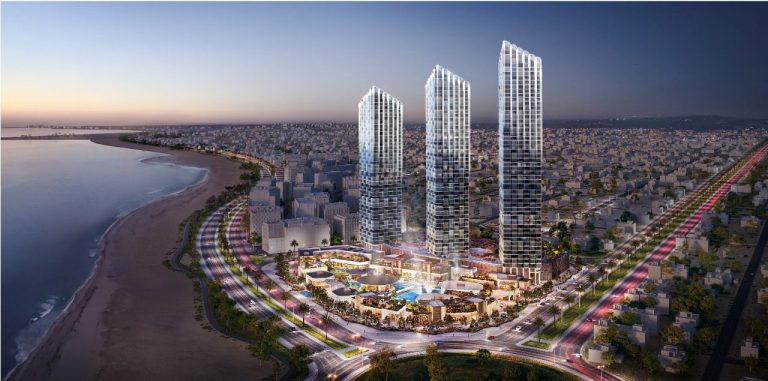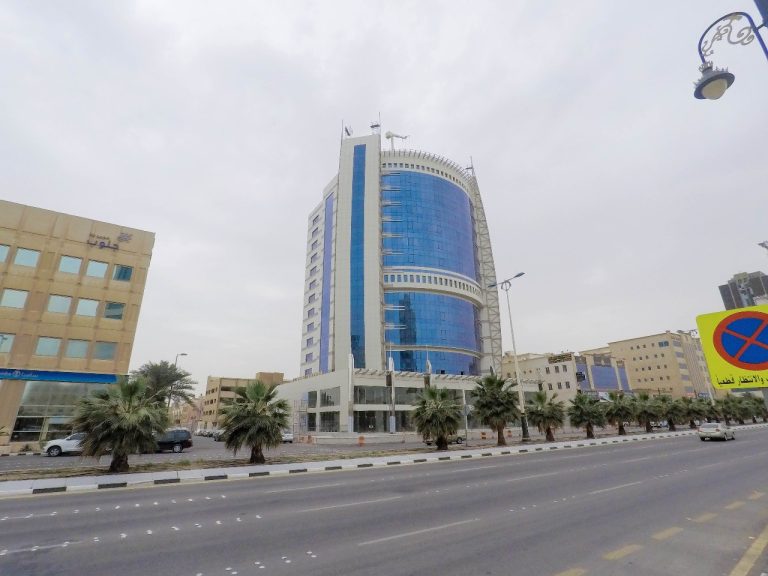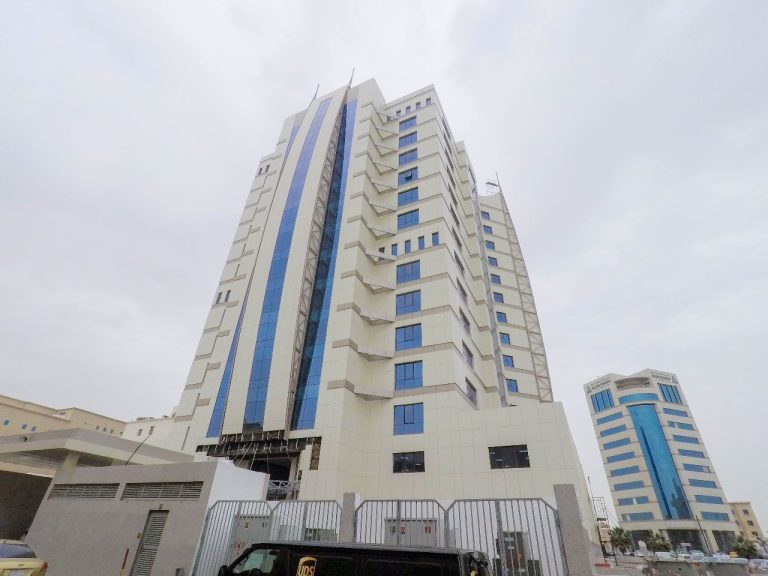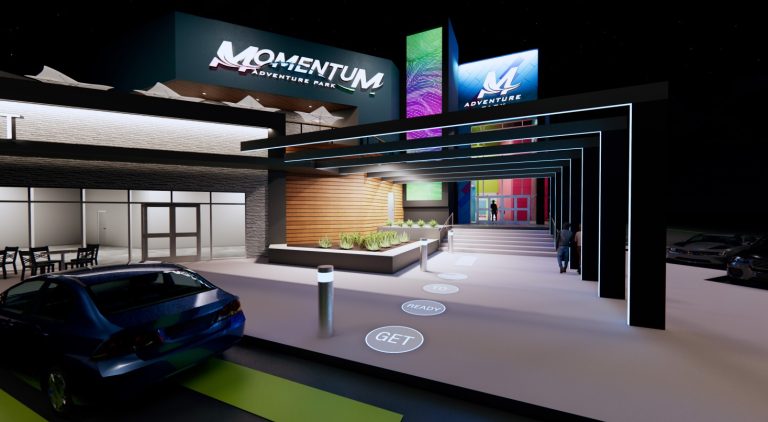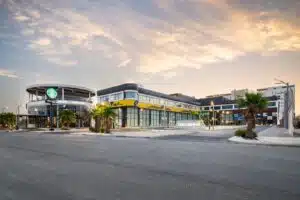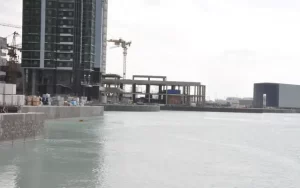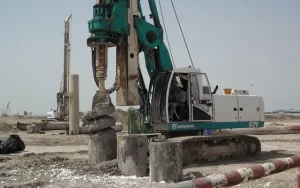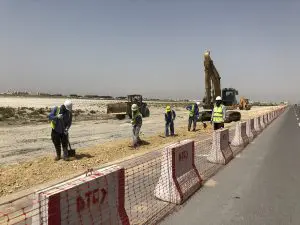Building Efficient Warehouses: The Key to Modern Commerce
Warehouse construction plays a pivotal role in today’s global supply chain. These structures serve as the backbone of industries, ensuring that goods are stored, managed, and distributed efficiently. But warehouse construction isn’t just about putting up walls and a roof—it’s about building dynamic, functional spaces that can keep up with the demands of modern commerce.
In this article, we’ll dive into the essential elements of warehouse construction—from foundational considerations to the integration of advanced technology—and explore why efficient, well-designed warehouses are crucial for business success.
Foundations of Warehouse Construction: The Starting Point for Success
Every great structure starts with a strong foundation, and warehouse construction is no exception. Before any walls go up, critical groundwork needs to be laid, literally and figuratively. This begins with site selection and soil analysis to ensure the land can support the warehouse’s size, weight, and storage needs.
Site Selection and Soil Analysis
- Site Selection: Picking the right location for a warehouse is key. Considerations include proximity to transportation hubs, accessibility for delivery trucks, and space for future expansion.
- Soil Analysis: It’s crucial to ensure the soil can support the weight of the building and the goods it will store. Poor soil quality can lead to costly issues down the line, such as foundation cracking or sinking.
A well-planned foundation ensures that the warehouse will remain structurally sound and ready to handle the daily rigors of inventory management.
Designing for Efficiency: Maximizing Storage and Operational Space
One of the biggest challenges in warehouse construction is creating a layout that maximizes storage capacity while keeping the flow of goods efficient. After all, a warehouse isn’t just a storage facility—it’s a logistical hub.
Layout Considerations
- Rack Systems: The arrangement of storage racks determines how easily goods can be stored and retrieved. Optimized rack systems allow for more vertical storage without sacrificing accessibility.
- Aisle Width: The width of the aisles impacts how quickly forklifts and other machinery can move through the warehouse. Too narrow, and operations slow down. Too wide, and you waste valuable space.
- Loading Docks: Strategically placing loading docks ensures that incoming and outgoing shipments are handled smoothly, reducing delays and bottlenecks.
When designed efficiently, a warehouse layout can significantly improve the speed and accuracy of operations, driving down costs and boosting productivity.
Height Matters: High-Bay Warehousing for Increased Storage
High-bay warehouses—those that utilize vertical space—are becoming increasingly popular as businesses look for ways to increase storage capacity without expanding their footprint. These tall structures allow companies to stack products higher, maximizing every square foot of space.
Benefits and Challenges of High-Bay Warehousing
- Maximized Storage: By building upward, companies can store more goods in the same space, making it ideal for industries with high inventory turnover.
- Specialized Equipment: Operating in high-bay warehouses requires specialized machinery, such as extended forklifts, and safety measures like anti-fall systems for workers operating at heights.
While high-bay warehouses offer incredible space efficiency, they also come with the challenge of ensuring that all goods are easily accessible and that safety standards are maintained.
The Role of Technology: Integrating Automation and Smart Systems
In the age of e-commerce and instant delivery, speed and accuracy are paramount. That’s where technology comes in. Modern warehouse construction integrates automation and smart systems to streamline operations and reduce human error.
Key Technological Innovations
- Warehouse Automation: Robotics are used to handle repetitive tasks like picking and packing, freeing up human workers to focus on more complex tasks. Automation improves efficiency and accuracy, reducing costly mistakes.
- Smart Systems: Internet of Things (IoT) devices and sensors monitor inventory in real-time, providing critical data on stock levels, item location, and warehouse conditions like temperature and humidity.
For companies in Dammam or Riyadh, embracing warehouse automation and smart systems ensures that they stay competitive in the fast-moving logistics industry.
Sustainable Warehousing: Building Green for a Greener Future
As companies look to reduce their environmental footprint, sustainable warehouse construction has become a key focus. Not only do green warehouses benefit the planet, but they can also lead to long-term cost savings through energy efficiency.
Eco-Friendly Warehouse Solutions
- Energy-Efficient Designs: From solar panels to energy-efficient lighting systems, modern warehouses are built with sustainability in mind. These systems can significantly lower energy consumption, reducing operational costs.
- Sustainable Materials: The use of recycled building materials and environmentally friendly construction techniques ensures that warehouses are contributing to broader environmental goals.
For businesses looking to adopt sustainable warehouse solutions in Saudi Arabia, focusing on eco-friendly construction practices is a smart investment that pays off both financially and environmentally.
Temperature-Controlled Warehouses: Preserving Perishables with Precision
Not all warehouses store non-perishable goods. For industries like pharmaceuticals, food, and agriculture, temperature-controlled warehouses are a must. These facilities require precise temperature and humidity control to ensure that products remain fresh and safe for consumption.
Complexities of Temperature-Controlled Warehouses
- Temperature Zones: These warehouses often have multiple zones for different temperature ranges, from freezing to cool storage.
- Energy Efficiency: Maintaining constant temperatures can be energy-intensive. Designing temperature-controlled warehouses with energy-efficient HVAC systems helps reduce the operational costs of these facilities.
By investing in temperature-controlled warehouse construction, businesses in Saudi Arabia can ensure that their perishable goods remain in peak condition throughout storage and distribution.
Regulatory Compliance and Safety: Navigating Codes and Ensuring Worker Well-being
Warehouse construction isn’t just about efficiency—it’s also about safety. Adhering to building codes and ensuring compliance with industry safety standards is critical to protecting both the facility and its workers.
Key Areas of Compliance
- Fire Safety: Warehouses must be equipped with advanced fire suppression systems, especially when storing flammable materials.
- Worker Safety: The design must consider ergonomics and safety protocols to ensure workers can move, lift, and operate equipment without injury.
A safe warehouse is a productive warehouse, and adhering to safety regulations ensures that businesses avoid costly accidents or legal issues.
Project Management in Warehouse Construction: Timelines, Budgets, and Stakeholder Coordination
Building a warehouse is a major project that requires careful project management to keep everything on track. From the initial planning stages to the final handover, coordination is key to ensuring the project is completed on time and within budget.
Managing Timelines and Budgets
- Clear Communication: Keeping all stakeholders, from contractors to suppliers, in the loop helps prevent delays and unexpected costs.
- Budget Control: Careful oversight of spending ensures that the project doesn’t go over budget, which is essential for maintaining profitability.
Effective project management ensures that warehouses are built efficiently, ready to meet the operational needs of businesses without unnecessary delays or overspending.
Adaptability and Future-Proofing: Designing Warehouses for Changing Needs
As industries evolve, so do their storage needs. Designing a warehouse with adaptability in mind ensures that it can grow and change with the business. Whether through modular designs or scalable layouts, future-proofing is key to long-term success.
Designing for Flexibility
- Modular Structures: Modular warehouse designs allow for quick and easy adjustments to layout and capacity, ensuring that the facility can adapt to new technologies or changes in inventory.
- Scalable Solutions: Whether expanding upward or outward, a scalable warehouse ensures that businesses can increase their storage capacity without needing to invest in a new facility.
For companies in Saudi Arabia’s rapidly growing logistics sector, ensuring that warehouse designs are adaptable is essential to future-proofing their operations.
Conclusion: Building Warehouses for the Future
From site selection and efficient design to the integration of sustainability and automation, warehouse construction is about building for both the present and the future. With the right foundations, layout, and technology, warehouses become more than just storage spaces—they become powerful tools that drive the success of industries around the world.
Ready to build your next warehouse? Contact DTC Contracting Company to discover how we can help design and construct a warehouse that meets your operational needs today while preparing you for tomorrow’s challenges.




